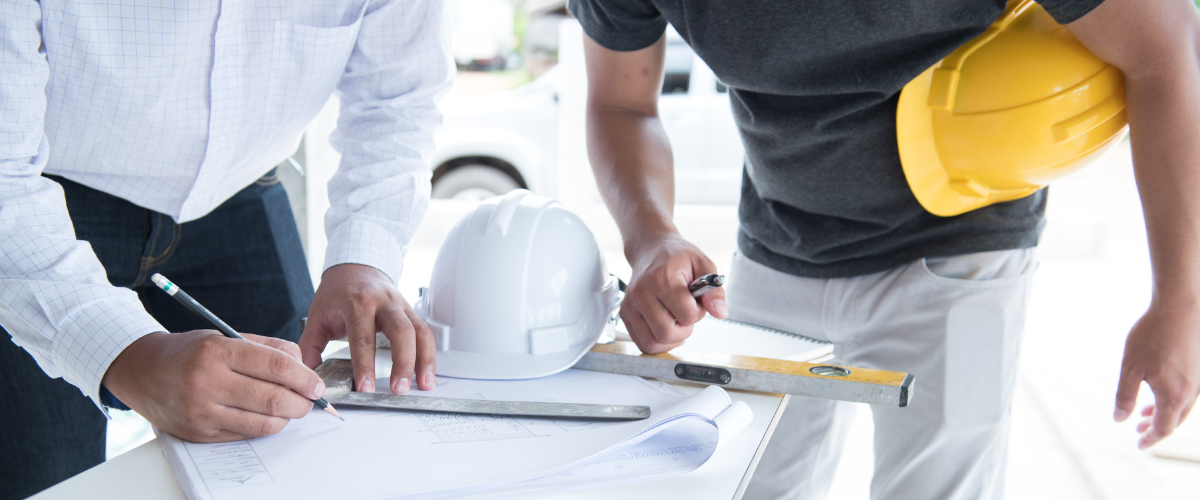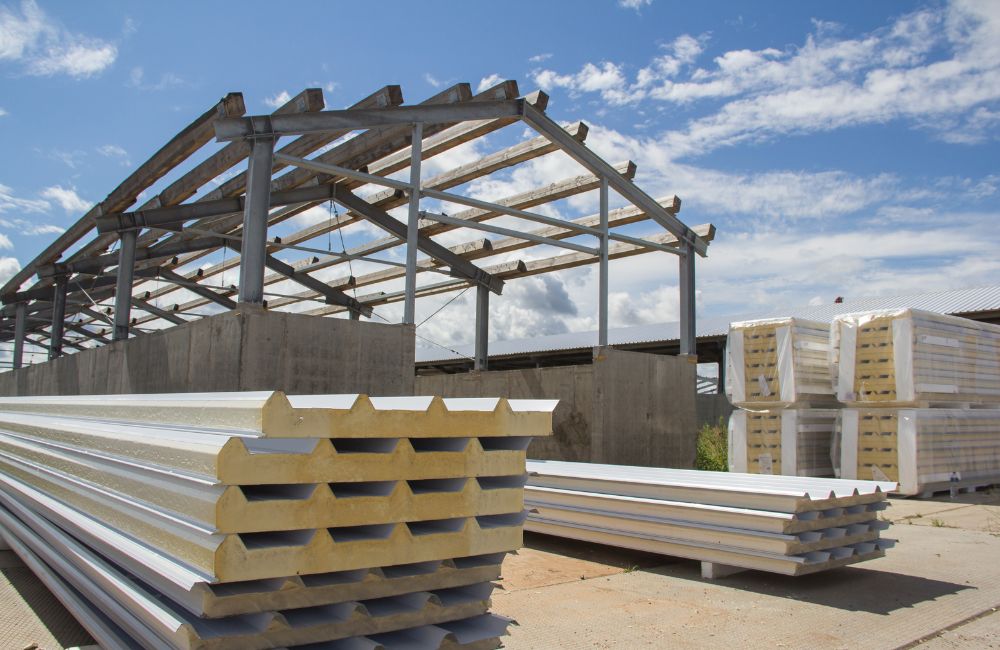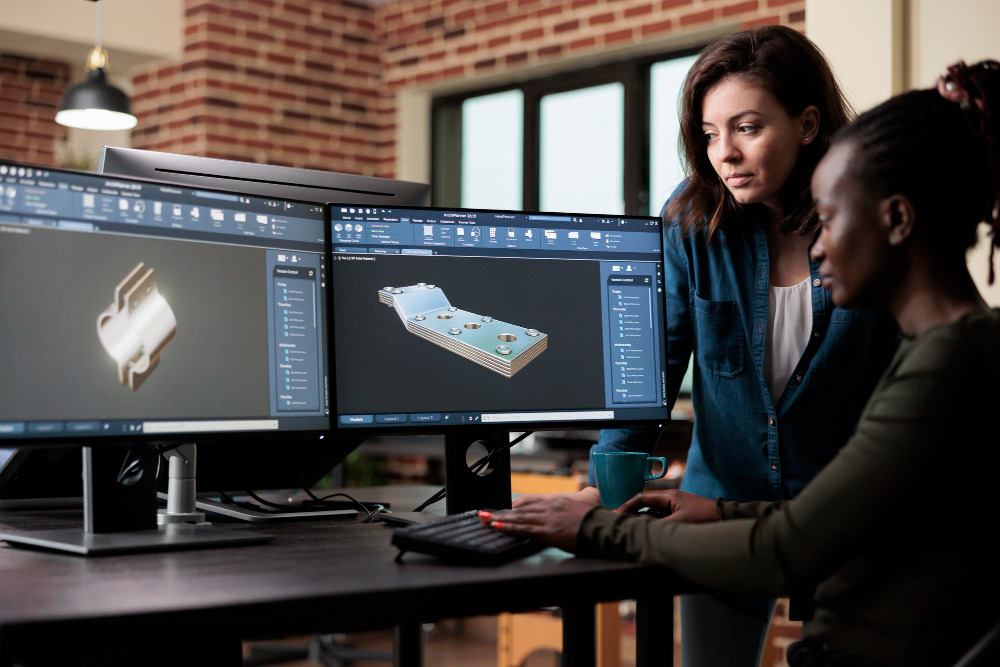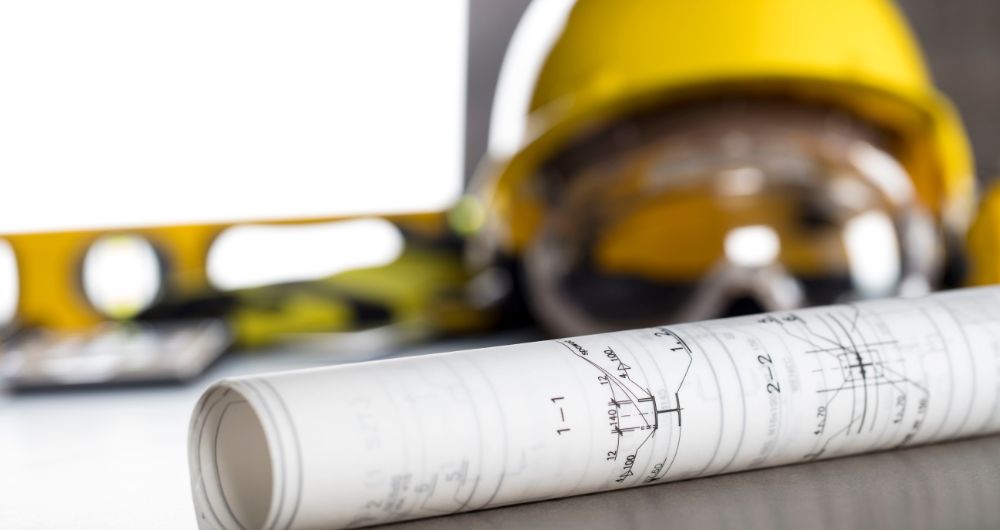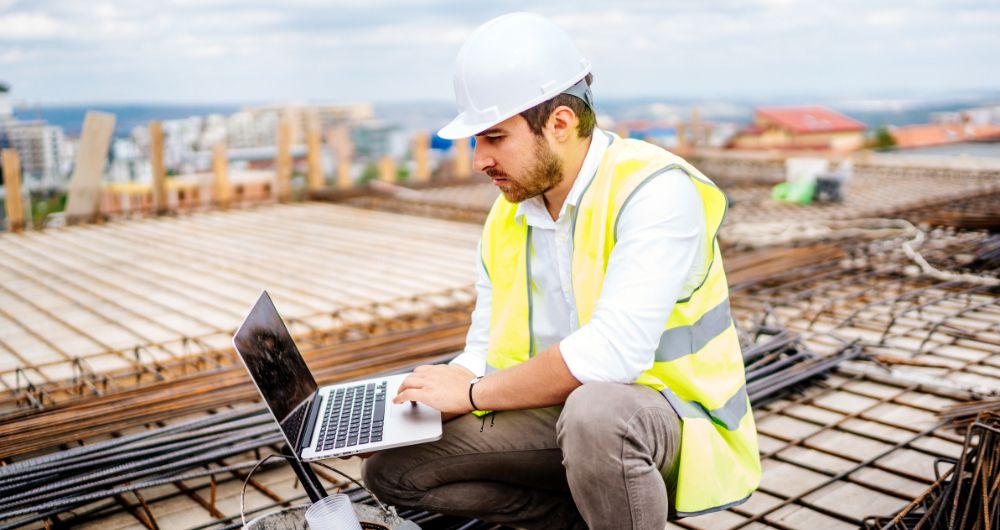As a design build firm, we often get asked the question, “What is Design Build?” It is more than just our name and it is also more than just our process. Rather, it's a simpler method of construction that enables a team of architects, engineers, and builders to work seamlessly together from beginning to end with open communication and
purposeful collaboration. As a result, project outcomes that would have been unattainable otherwise can now be achieved. At Claris, this design build process of construction not only makes way for creative ideas to manifest in planning and design, but it also enables accurate costs, faster deliveries, and enhanced efficiencies compared to traditional construction.
The Characteristics of Design-Build Construction
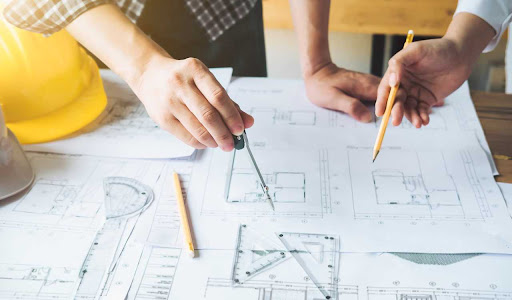
Design-Build stems from the traditional construction process known as "Design-Bid-Build." Although the two processes only differ in one word, Design-Bid-Build deals with multiple parties, more time spent, and often, some finger pointing. This traditional approach is similar to design build construction in that we both utilize architects and engineers to design the structure and then make sure that the client obtains a visualization of exactly what they’re looking for. However, the major difference is that the "Design-Bid-Build" process will bid out the work to construction firms after the design phase is completed, putting the project in two hands rather than one. This can often cause the clarity and communication of the project to become lost and consequently, make the client unhappy.
Claris operates under a design build construction methodology. Unlike the traditional method, a project stays in one hand from start to finish and a collaboration of efforts from all areas, including architects, engineers, estimators, project managers, and superintendents, is formed. As a result, there is no finger pointing, costs are reduced, and the process is much more streamlined. For example, a superintendent on site can come to the office and speak to a project manager, and they can both walk 10 feet over to an in-house architect on the project and communicate what needs to be done in order to keep the job on track at minimal cost. We’re all on the same team so the design build method and flow are never disturbed with surprising changes. You don’t typically see that with traditional construction as it takes a much longer time to organize the revisions, and in some instances, the adjustments may be thrown back and forth between architect, engineer, and construction personnel to determine who is responsible for the adjustment.
The 4 Steps Of The Design Build Process
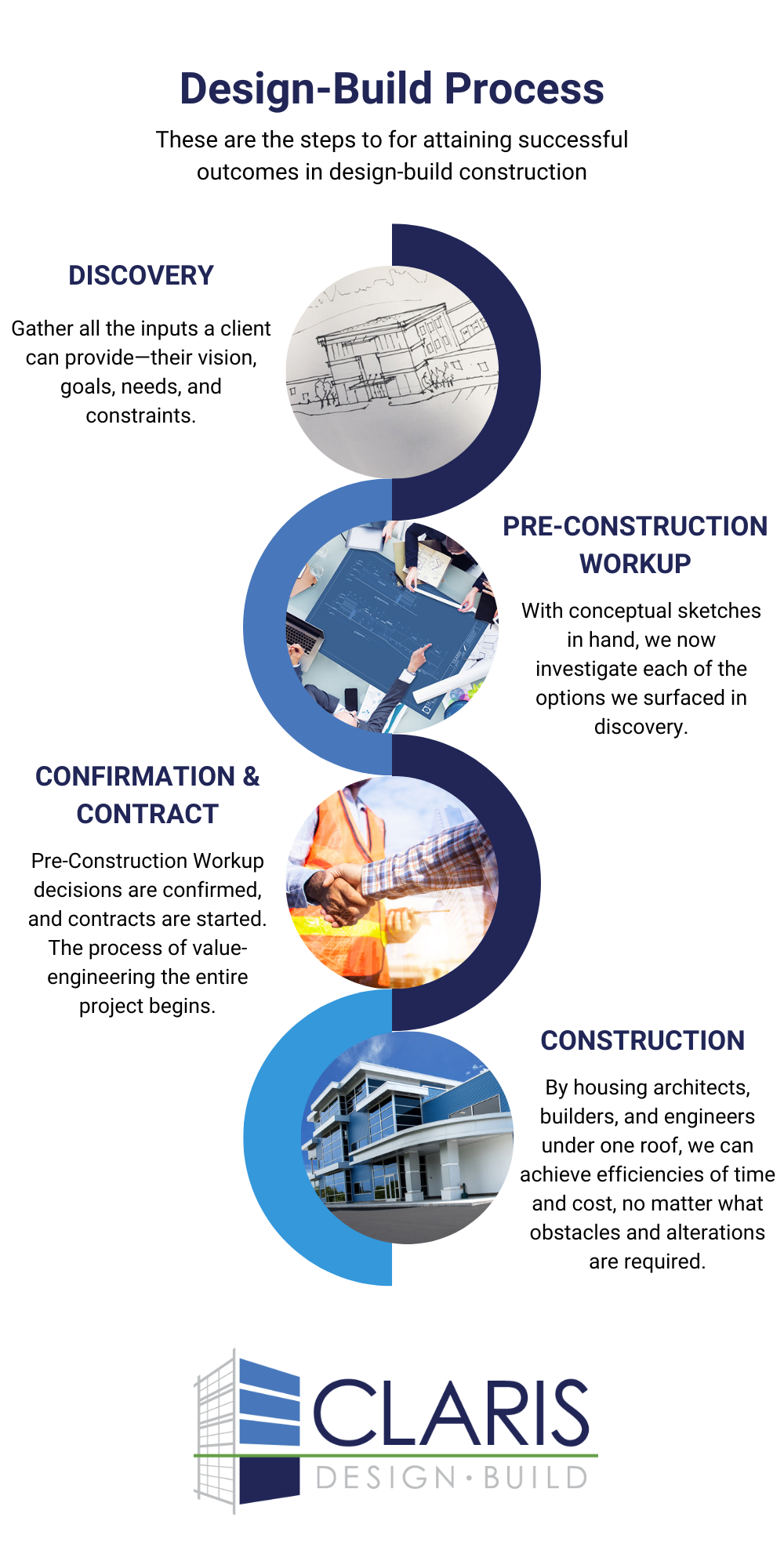
1. Discovery
Here we get all the inputs a client can provide—their vision, goals, needs, and constraints. We ask the right questions and guide on options. We also begin to work with you to visualize your building through conceptual sketches.
2. Pre-Construction Workup
With conceptual sketches in hand, we now investigate each of the options we surfaced in discovery. We’ll begin to weigh the pros and cons, and look at impacts on budget, timelines, and the building itself. This is a completely open book step that enables the client to be in full acknowledgement and control of their spending.
3. Confirmation & Contract
Here, decisions made from the Pre-Construction Workup are confirmed, and contracts are started. We begin the process of value-engineering the entire project—from procurement of subcontractors to planning timelines and materials.
4. Construction
By housing architects, builders, and engineers under one roof, we can achieve efficiencies of time and cost, no matter what obstacles and alterations are required. Working with a design-build approach, we ensure that cooperative effort remains at optimal levels.
What Are The Benefits of Design Build?
- Faster Delivery
Design-build projects can lead to a faster delivery of the structure as the design and construction phases are done concurrently. This can result in a shorter overall project timeline.
- Improved Communication
In design-build, the design and construction teams work closely together, leading to improved communication and coordination between the two phases. This can result in a smoother, more efficient process.
- Increased Cost Certainty
With design-build, the design-build team is responsible for both the design and construction of the project, allowing for a more accurate project cost estimate and a more predictable construction budget.
- Enhanced Quality Control
The design-build team is responsible for ensuring that the construction meets the specified quality standards. This can lead to improved quality control and a higher-quality finished product.
- Single Point of Responsibility
The design-build team is the single entity responsible for delivering the project, including all design and construction activities. This can simplify the project management process and reduce the risk of disputes between the design and construction teams.
- Better Integration of Design and Construction
The close collaboration between the design and construction teams can result in a better integration of the entire process, leading to a more seamless, cohesive project.
- Increased Collaboration and Innovation
Design-build encourages collaboration and creative problem-solving between the design and construction teams, potentially leading to innovative solutions and better project outcomes.
How To Select The Right Design-Build Firm
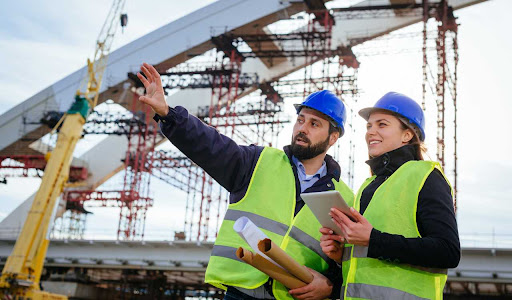
With design-build, we work together. Therefore, it's important to choose a firm that allows all parties, including the client, to feel like they are contributing to the overall success of the project. For example, if a client wants to see what a room would look like with higher ceilings or a reversed set up, the design team can pull up a rendering, make the change, and show a client what this would look like. This highlights one of the benefits of design build firms, quickly assessing and confirming whether changes are feasible across all efforts. At Claris, if it’s not, the answer will never be a simple “no.” We will always find a way to try and make an idea or vision a reality. This is a partnership between firm and client, from start to finish.
Furthermore, selecting the right design-build firm can be difficult, but it is important to understand the process when doing so. Claris Design-Build is a nationwide design-build firm operating with all members of the team in-house. Our reputable process and performance have left clients happy and eager to grow their businesses over the course of our more than 31 years in business. In fact, our process has performed so well that clients have chosen to work with Claris on multiple projects over the years- whether this be a whole new project, or addition/expansion on their original property. This status has resulted in 70% repeat clientele. Considering a new project? Give us a call and we’ll be happy to discuss how we can turn your dreams into a reality and allow you to experience a better way to build.



